![Game of Life 3D [Fabric]](https://cdn.metamods.net/images/mods/game-of-life-3d/screenshots/2020-07-18-232058.png)
![Game of Life 3D [Fabric]](https://cdn.metamods.net/images/mods/game-of-life-3d/logo.png)
Game of Life 3D [Fabric]
This modification implements the famous "Game of Life" by John Conway and its three-dimensional variation developed by Carter Bays (rule 5766). Detailed description of the variation can be studied via link.
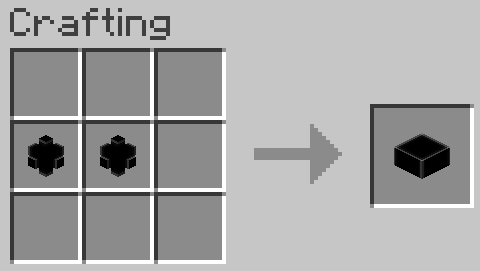
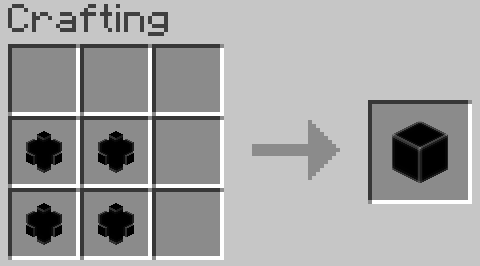
Key Features
- Elementary cells functioning according to the classic rules of John Conway's "Game of Life"
- Cellular structures operating based on Carter Bays' extended model (5766)
- Special support blocks for combining disparate cell structures and their synchronized activation
How to Use
Place cell blocks in the desired configuration on the terrain. Initially, elements will appear gray, indicating their inactive state. To connect separate cellular structures that should activate simultaneously, use support blocks - they automatically disappear after simulation startup. To initiate the process, perform a right-click on any of the cells or support blocks in the system.
Bays' Structures in Three-Dimensional Space
The numeric code 5766 determines the system logic as follows:
- A cell maintains viability with a minimum of 5 neighboring elements
- Exceeding the number of neighbors beyond 7 leads to cell death from overpopulation
- A new cell emerges when exactly 6 neighboring elements appear
This approach fundamentally differs from Conway's classical model (2333) and is optimally adapted for three-dimensional space. Structures formed in this system visually resemble classical two-dimensional forms. The feature of rule 5766 is the correct reproduction of all 2333 structures provided their doubled thickness and placement between additional block layers.
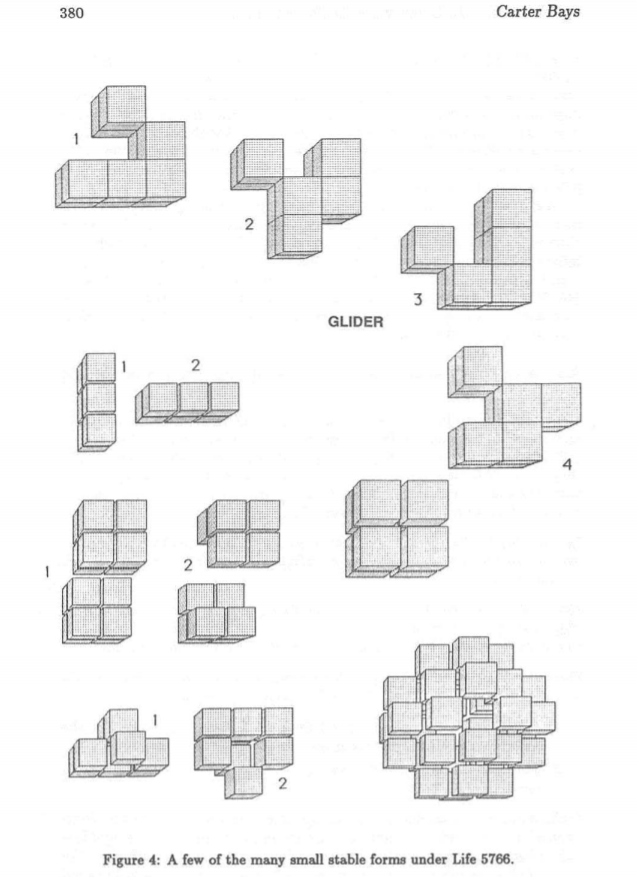
Visual Materials
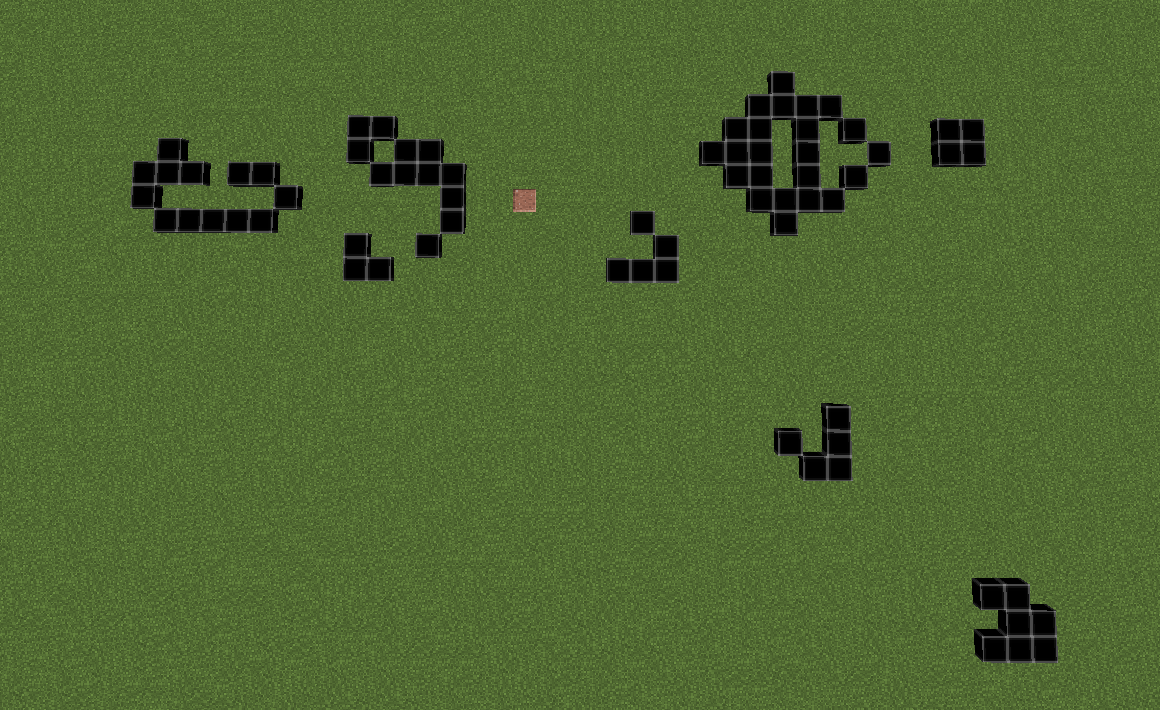
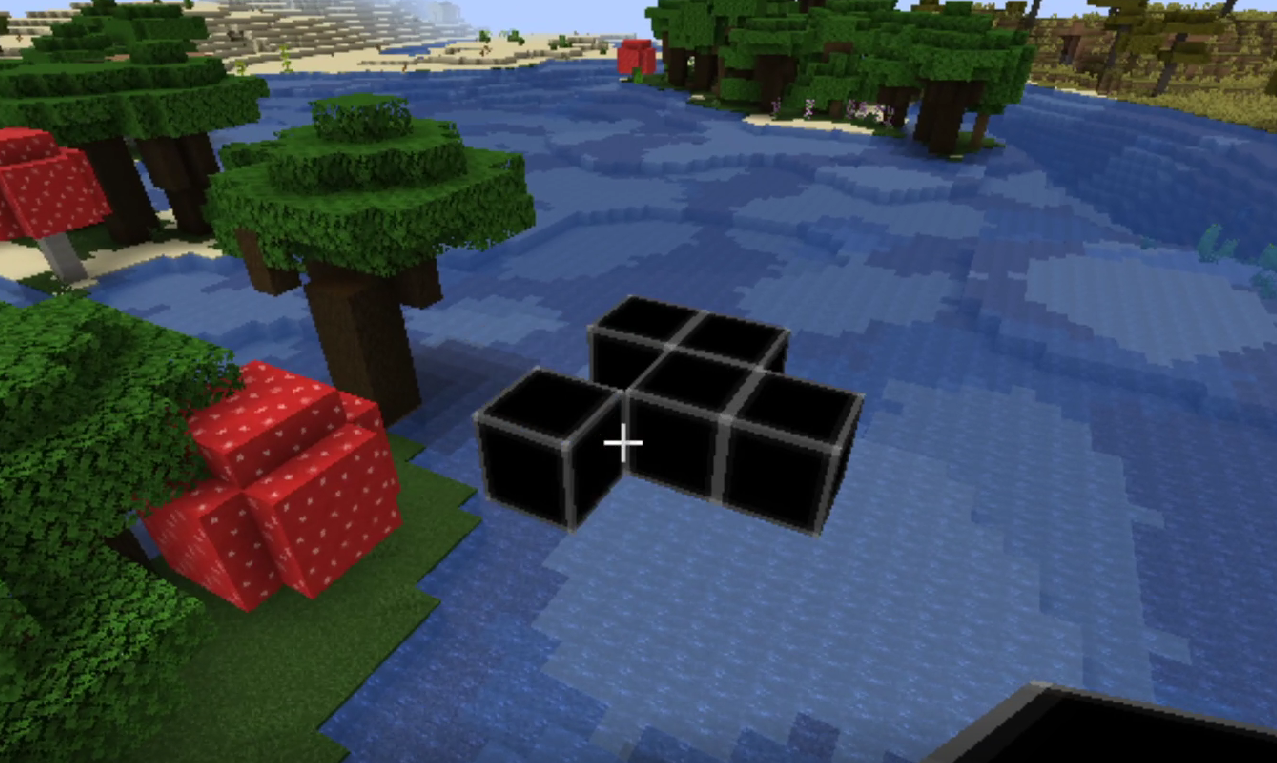
Crafting Recipes
Support Element
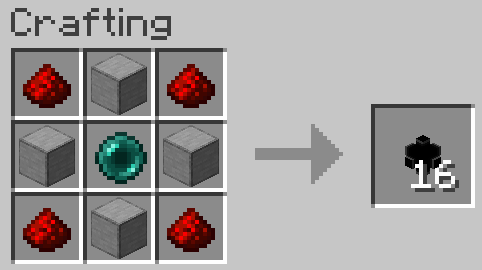
Technical Requirements
For the modification to work, the following are required:
- Fabric framework
- Functional Fabric API
- Scala language support in Fabric




